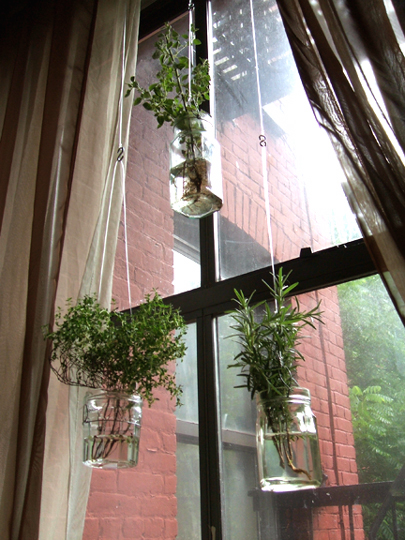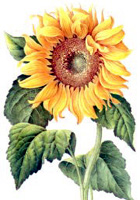 |
| Jackson & Perkins John Paul II Rose |
Often called John Paul The Great by his admirers, he was loved throughout the world by both Catholics and non-Catholics. One of the distinctive features of his pontificate was his frequent travel throughout the world. He made more pastoral visits than any pope before him. When totaled, the number of miles he traveled equal three trips to the moon and back! Along with President Ronald Reagan, he is largely credited with ending the cold war. He is also known for his humility and his gift for encouraging young people to live holier lives.
Pope John Paul II will be beatified this Sunday. (Click here for a definition of beatification.)
While I enjoy the many plants that grow well here on the Gulf Coast, I miss hybrid tea roses. They do quite well in gardens in California and the Pacific Northwest (Check out the rose gardens in Portland, OR). But, in the subtropical humidity we have here, they quickly succumb to fungal disease. That is why most rose lovers in this region are so fond of disease-resistant antique roses.
If you live in coastal California, bare-rooted hybrid tea roses are generally available at locally owned nurseries and garden centers in the fall. In colder regions where there is danger of frost, late winter and spring are better times for planting roses, as new plants should not be allowed to freeze.
Since this particular rose is owned by Jackson and Perkins, you will want to look for it at establishments that feature their products. If they do not carry it, ask! Small, locally owned nurseries are particularly likely to be willing to help you get your hands on what you want, even if they do not have it in stock at the moment. Their employees are also most likely to know exactly how to care for hybrid tea roses in your particular climate.
If you live in a region that is friendly to hybrid tea roses, and want to commemorate the occasion of John Paul II's beatification in your garden, consider planting this rose.












